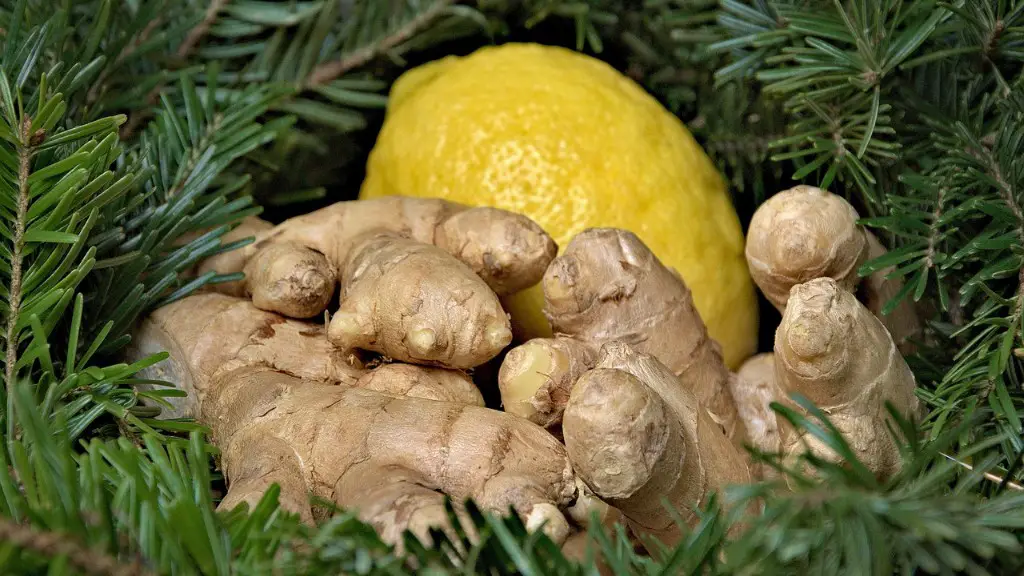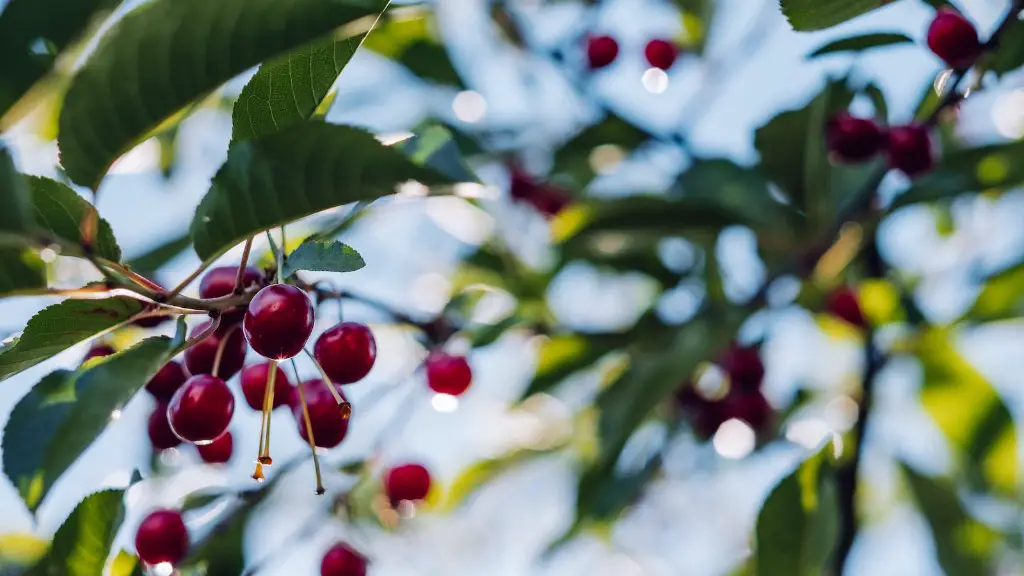Although palm trees are typically known for their role in tropical landscapes, these unique and striking plants can also thrive when grown indoors. When selecting a palm tree for indoor cultivation, it is important to choose a species that is known to be tolerant of low light and lack of humidity. Some good choices for indoor palm trees include the Areca Palm, Bamboo Palm, and Parlor Palm. With proper care, these and other palm tree species can thrive indoors for many years.
You can grow a palm tree indoors by getting a palm tree seedling, potting it in a well-draining pot, and watering it regularly. Place the palm tree in a sunny spot, and fertilize it monthly.
How do you keep a potted palm tree alive?
Watering your plants deeply and thoroughly promotes healthy root growth. This is especially important for container palms, which may need extra attention. Plants that are exposed to sun and wind in outdoor containers often dry out faster than plants in the ground; they may need daily summer watering. Containers in protected indoor locations tend to hold moisture better.
The areca palm is a beautiful, easy-to-grow plant that is perfect for adding a touch of the tropics to your home. It tolerates low light well and produces large, feathery green fronds that have a gentle curve. The areca palm prefers a moderate amount of water, so be sure to keep it evenly watered.
How often do you water indoor palm trees
A new indoor Palm Tree should be watered every day in its first week. Next, move to every other day in its second week. Then settle for 3 times a week on the third. Once your indoor Palm Tree is completely settled, water it 2-3 times per week, or when the top 1-2 inches of the soil is completely dry.
Parlor palms are one of the most popular indoor palm trees because they are relatively easy to care for. They don’t need a lot of light or warmth, and only need occasional trimming. These palms can make a great addition to any home.
Why is my indoor palm tree dying?
If your indoor palm plant is dying, it is most likely due to overwatering, a lack of humidity, or inadequate lighting. The soil should be allowed to dry slightly between waterings, and should never be bone dry or soggy.
Most palms will do well indoors if they are given bright, indirect light and evenly moist soil. A spot near a west- or south-facing window is usually a good choice. Just be sure that the sunbeams don’t directly hit the plants.
How much light does an indoor palm need?
Most indoor palms need bright light near an east- or south-facing window. North-facing windows may be too dark in most of country, especially in winter time. However, many palms can adapt to lower light levels.
When it comes to indoor plants, parlor palms are some of the longest lived. If you take good care of them and provide them with the right conditions, they can easily live for two decades or more. If you plant them outdoors, they can even live much longer than that. Just make sure that you give them the right amount of light, water, and soil, and they should be good to go for a long time.
Do indoor palm trees grow fast
Indoor palms are a great way to add some life to your home without having to put in a lot of work. They come in a variety of sizes, colors, and shapes, so you can find one that fits your style. Plus, they’re easy to care for and don’t require a lot of light, making them perfect for rooms that don’t get a lot of sun.
Water your palm more often in spring and summer, and less in autumn and winter. When the weather is dry and hot, mist spray the foliage several times a day to keep it cool and help deter pests.
Do palm trees like to be misted?
Palm plants are very sensitive to both moisture and humidity levels. It is important to keep them moist by misting the leaves or placing them in a room with a humidifier. However, be careful not to expose them to too much moisture as this can lead to root rot, indicated by yellowing leaves.
If you want to keep your palm happy, make sure to mist it a couple of times a week or add a humidifier to the area. If the humidity drops too low, the fronds on the palm can start to crisp and die.
Do indoor palms attract bugs
Indoor plants are especially attractive to pests because of the high humidity and lack of air circulation. The most common pests are aphids, spider mites, fungus gnats, mealybugs, scale, thrips, and whiteflies. To keep your plants healthy, it’s important to regularly inspect them for signs of pests and take quick action to get rid of them.
A new palm should be watered everyday on its first week, switch to every other day the following and then settle for 3 times a week on the third. Then water as normal for established plants. For more established palms, watering should be done only 2-3 times per week, and this is only in the absence of rainfall.
Do indoor palm trees purify the air?
When it comes to air purification, palm trees are the way to go! Not only do they look great, but they also filter out large amounts of formaldehyde and other common pollutants. If you’re looking for the most effective palms for air purification, try a pygmy date palm or bamboo palm. You’ll be amazed at the difference they make in your home’s air quality!
When removing yellow fronds from a palm tree, be sure not to remove any that are only partially brown. Doing so could lead to the death of the tree, as the nutritional deficiency will be pushed up into the new growth.
Conclusion
Place the palm tree in a south facing window to ensure it gets enough light.
create a peat-based potting mix or use one part sand to two parts potting soil to ensure good drainage.
Fill a pot that is large enough for the tree’s roots with the potting mix and make a hole in the center.
Carefully remove the tree from its current pot and loosen the roots.
Place the tree in the pot and fill in around the roots with the potting mix.
Water the tree well and allow the water to drain out of the pot.
Fertilize the tree every two weeks with a palm tree fertilizer.
Although palm trees are typically associated with tropical climates, it is possible to grow them indoors with some basic care. Start by choosing a bright, sunny spot for your tree and make sure the pot has drainage holes. Palms need moist, but not soggy, soil so water regularly and mist the leaves to help increase humidity. With a little attention, you can enjoy the exotic beauty of a palm tree in your own home.




